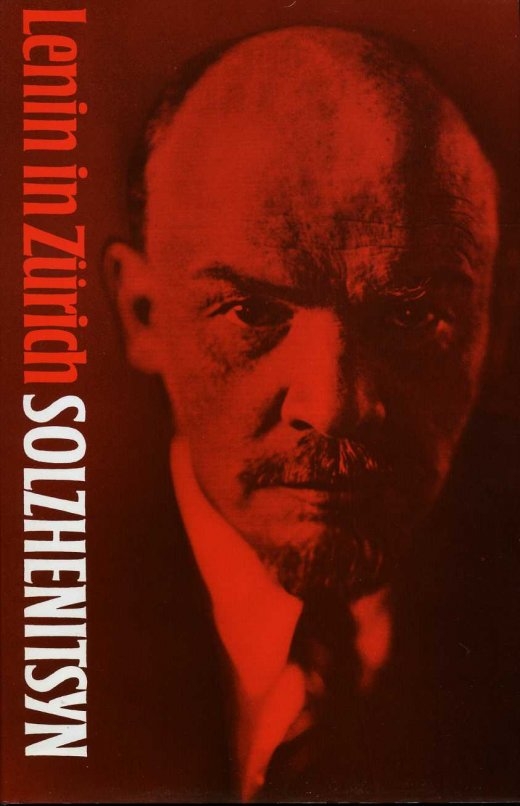
NEW YORK TIMES: Aleksandr Solzhenitsyn, whose stubborn, lonely and combative literary struggles gained the force of prophecy as he revealed the heavy afflictions of Soviet Communism in some of the most powerful works of the 20th century, died late on Sunday at the age of 89 in Moscow. His son Yermolai said the cause was a heart ailment. Mr. Solzhenitsyn outlived by nearly 17 years the Soviet state and system he had battled through years of imprisonment, ostracism and exile.
Mr. Solzhenitsyn had been an obscure, middle-aged, unpublished high school science teacher in a provincial Russian town when he burst onto the literary stage in 1962 with “A Day in the Life of Ivan Denisovich.” The book, a mold-breaking novel about a prison camp inmate, was a sensation. Suddenly he was being compared to giants of Russian literature like Tolstoy, Dostoyevski and Chekhov. Over the next five decades, Mr. Solzhenitsyn’s fame spread throughout the world as he drew upon his experiences of totalitarian duress to write evocative novels like “The First Circle” and “The Cancer Ward” and historical works like “The Gulag Archipelago.”
book, a mold-breaking novel about a prison camp inmate, was a sensation. Suddenly he was being compared to giants of Russian literature like Tolstoy, Dostoyevski and Chekhov. Over the next five decades, Mr. Solzhenitsyn’s fame spread throughout the world as he drew upon his experiences of totalitarian duress to write evocative novels like “The First Circle” and “The Cancer Ward” and historical works like “The Gulag Archipelago.”
“Gulag” was a monumental account of the Soviet labor camp system, a chain of prisons that by Mr. Solzhenitsyn’s calculation some 60 million people had entered during the 20th century. The book led to his expulsion from his native land. George F. Kennan, the American diplomat, described it as “the greatest and most powerful single indictment of a political regime ever to be leveled in modern times.” MORE
WIKIPEDIA: Following the death of Vladimir Lenin in 1924, Stalin prevailed in a power struggle over Leon Trotsky, who was expelled from the Communist Party and deported from the Soviet Union. Stalin launched a command economy in the Soviet Union replacing the New Economic Policy of the 1920s with Five-Year Plans in 1928 and at roughly the same time, forced rapid industrialization of the largely rural country and collective farming by confiscating the lands of farmers. He derogatorily referred to farmers who refused his reforms as “kulaks“, a class of rich peasant which had in actual fact been wiped out by World War One; millions were killed, exiled to Siberia, or died of starvation after their land, homes, meager possessions, and ability to earn an existence from the land were taken to fulfill Stalin’s vision of massive “factory farms“.[4]
While the Soviet Union transformed from an agrarian economy to a major industrial powerhouse in a short span of time, millions of people died from hardships and famine that occurred as a result of the severe economic upheaval and party policies.[5][6][7]At the end of 1930s, Stalin launched the Great Purge, a major campaign of political repression. During his continued repressions, millions of people who were a threat to the Soviet politics or suspected of being such a threat were executed or exiled to Gulag labor camps in remote areas of Siberia or Central Asia, where many more died of disease, malnutrition and exposure. A number of ethnic groups in Russia were forcibly resettled for political reasons. Stalin’s rule, reinforced by a cult of personality, fought real and alleged opponents mainly through the security apparatus, such as the NKVD. MORE
